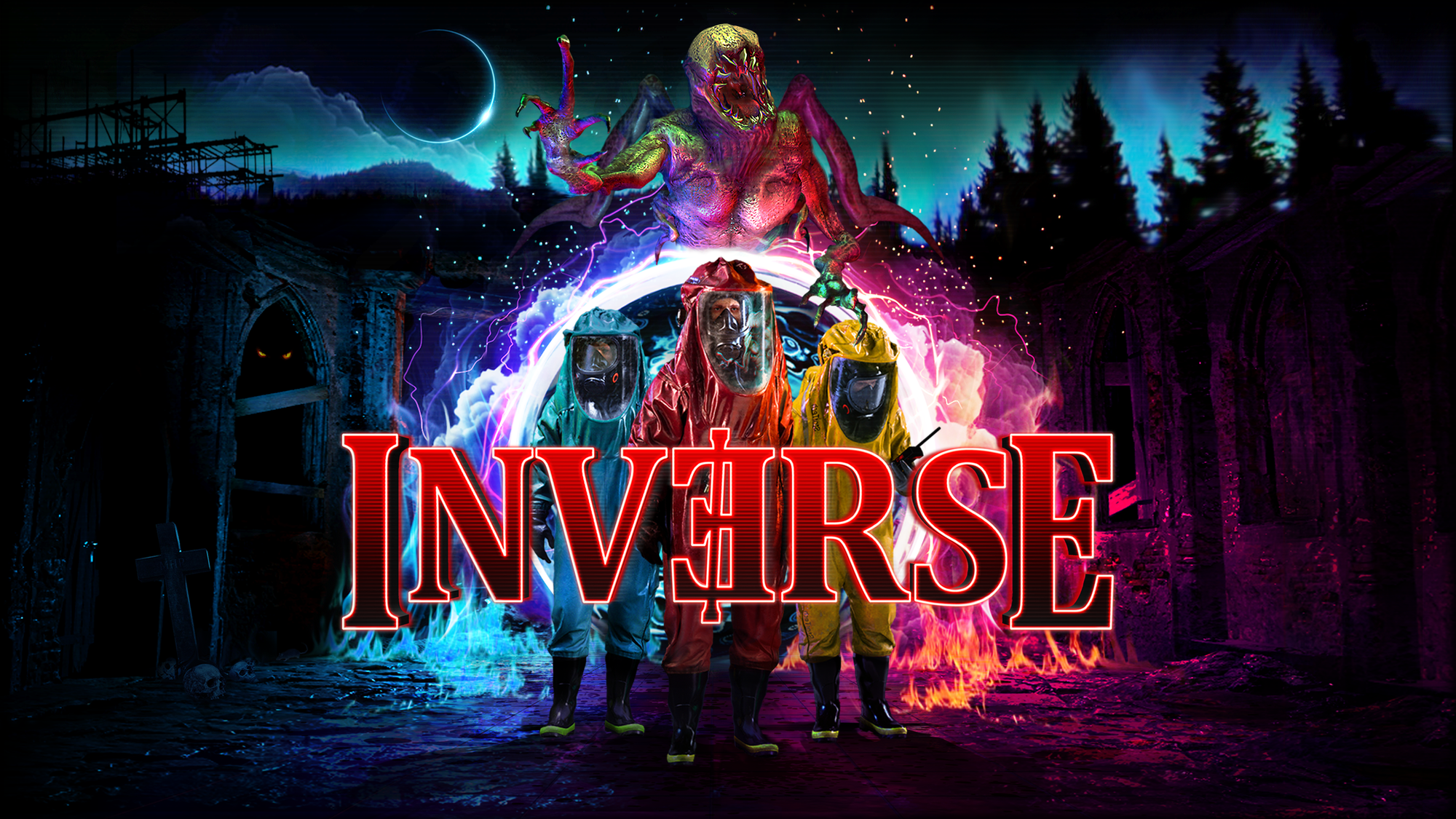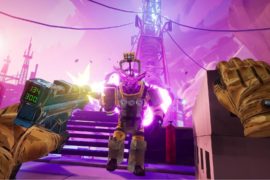With Inverse, developer MassVR is trying to bring a fresh perspective to asymmetrical survival horror.
Where some games in the genre – like Among Us – focus on the social aspects of a group dealing with a killer in its midst, others – like Dead By Daylight – hone in on the horror aspects of fleeing a cold-blooded killer. With Inverse, MassVR is making a transition from location-based VR experiences to ones intended for headsets at home, while still trying to nail the basics that make fighting off (or playing as) a killer so fun.
As far as the premise itself goes, it’s fairly standard procedure. A group of four scientists takes on one of the Nul, a race of demons hellbent on keeping the humans from achieving their goal. Instead of leaning into the power fantasy of wielding guns against the satanic foe, players have to first activate four power generators scattered across the map, which will require some skill thanks to a fun minigame. In this preliminary round, players can use other traps and tools before unlocking the firearms. I mostly used traps, as I found myself getting chased by the Reaper, but other tools are available too, though. There’s a radio that plays footstep sounds to confuse the Nul, a window trap, and a healing syringe, which all have their own distinct functions when used properly.
Gun caches with pistols in them open up once the generators are online, allowing players to fight back against the demon. This part introduced some potential concerns for imbalance, as it was very easy to take down the Nul once guns were available. That said, the pre-release build I played did allow players one full revival tool for themselves as well as a defibrillator to revive other players, so a normal match may go very differently.
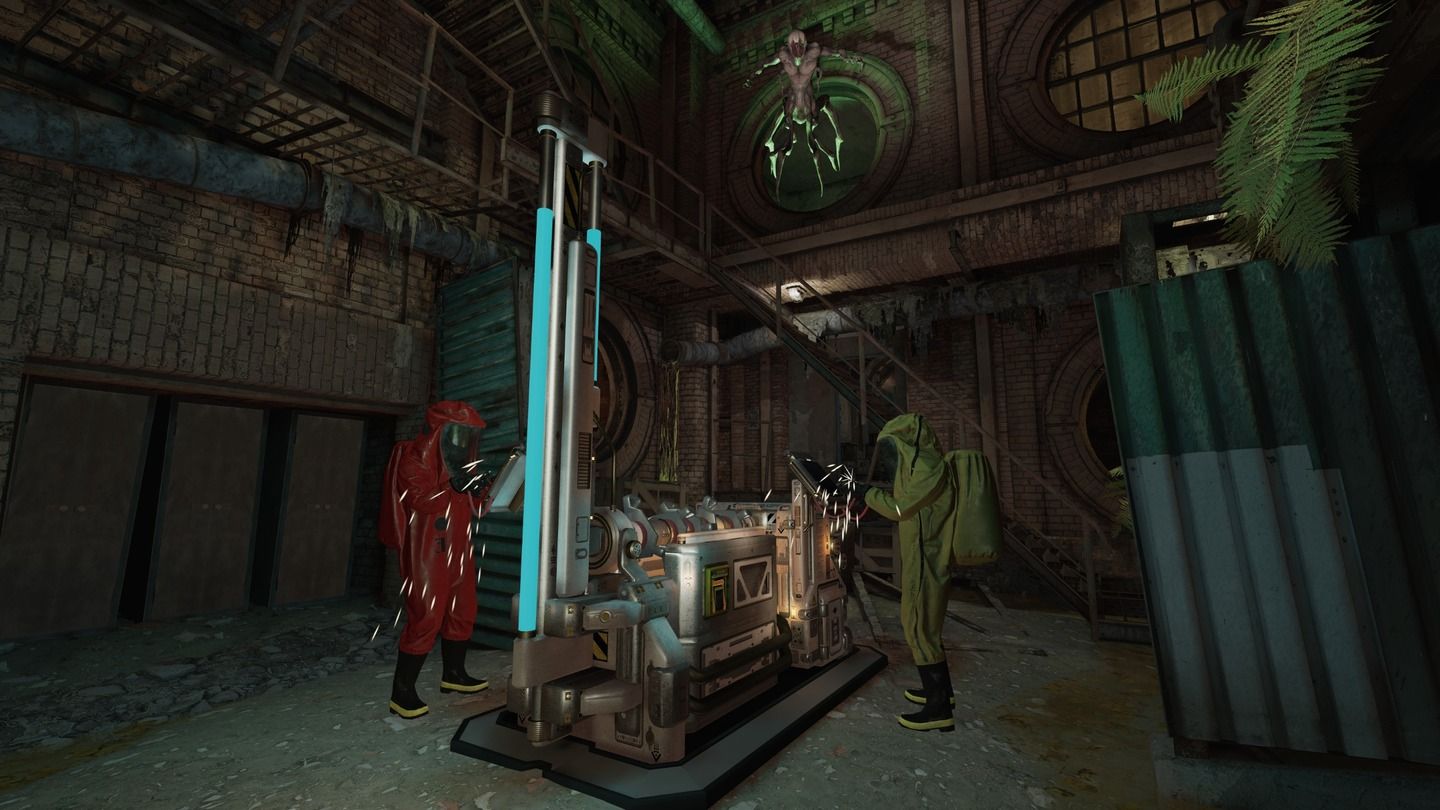
Playing as the Nul is especially fun. The Reaper was available in the preview sessions I played, which felt quick and agile when moving around (more so than the scientists) with a small dash available as well. The Reaper needs to get close to players to take them down, so it felt great to hit a dash into a kill as your victim tries to hide inside a locker or close a door behind them.
MassVR spent the last year and a half translating elements of its previous location-based experiences into something that could be played at home. The developers I spoke to especially highlighted the changes required to movement and mobility in that transition. While players could run around a space and interact with physical objects with location-based experiences, home VR isn’t quite there yet.
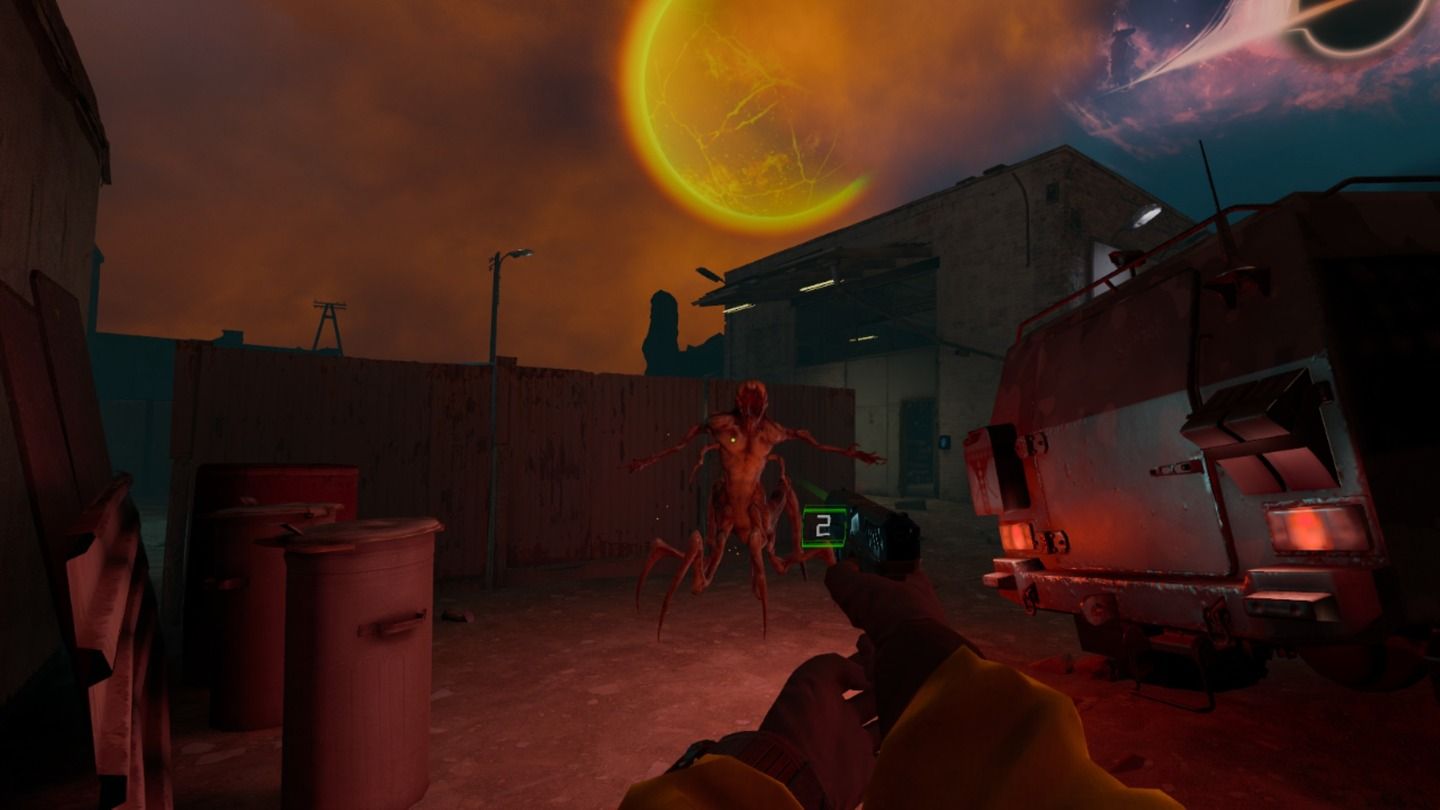
While it’s no substitute for running with your own two legs, Inverse’s gameplay does feature a good sense of motion and momentum. One of my bigger problems with a lot of full-motion VR is that movement can feel sluggish or unwieldy, especially once floor height, guardian size and the experience itself come into play. However, Inverse’s levels are relatively small, lending a heightened sense of speed to the game’s movement. To amplify that, there’s also a feeling that you’re always supposed to be in motion in Inverse as both the killer and the scientists. I found that really refreshing as a player who’s often scared away from horror experiences that often limit the scares to amplify a sense of dread.
While the stick-based movement feels solid, Inverse leaves players who need other movement options behind. I have some very mild sensitivities to stick-based movement in VR and while I had no issues during Inverse, people who are more sensitive will be disappointed to hear that there are no additional movement options, such as teleportation, available. It might make sense from a multiplayer design standpoint, since teleportation would add a difficult layer to balancing different characters, but MassVR specifically touted its prowess in creating artificial movement that feels good. While perhaps understandable for balance and design reasons, it’s a bit disappointing that the studio hasn’t made that concession from an accessibility standpoint.
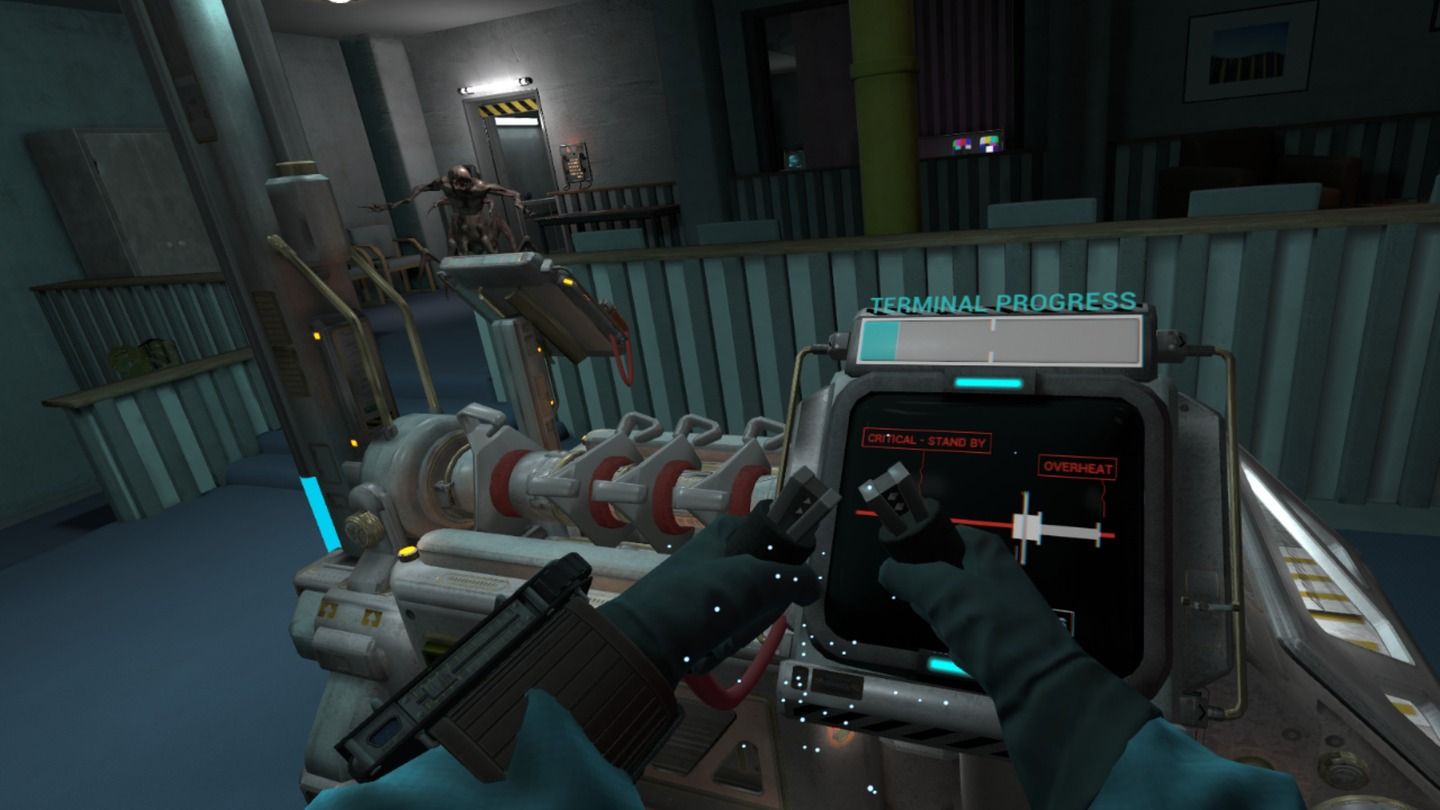
While I didn’t get to see every inch of the game, I liked almost all of what I experienced in Inverse. Its map designs, movement and production value are great. Its gameplay loop is decent – if a bit rote – but there’s enough to sink your teeth into here that it’s easy to recommend for anyone on the lookout for a new asymmetrical survival horror game in VR. MassVR has also promised some content updates to come, but hasn’t provided a roadmap. I’m excited to see how the studio fills out the experience post-launch.
Inverse is available now for $29.99 on Quest 2 and Quest Pro.
